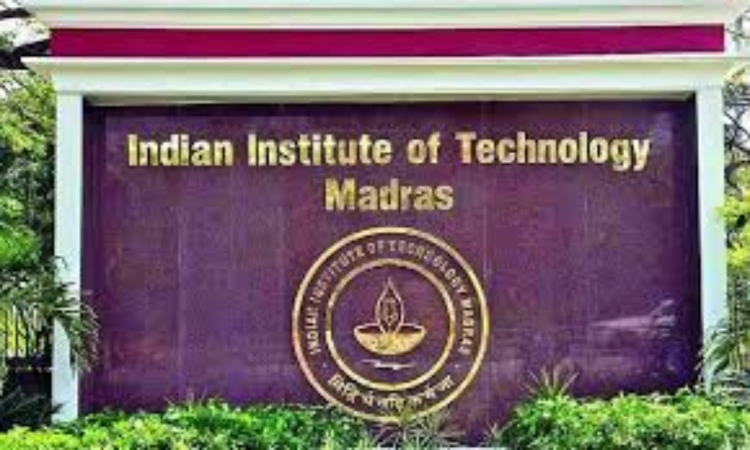IIT-M pioneers hybrid rocket-powered VTOL aircraft technology
In a sophisticated experiment combining a real-time hybrid rocket thruster with a virtual simulation, the team successfully achieved the necessary velocity for a soft landing, a critical capability for both terrestrial and planetary landings of manned and unmanned exploration modules.

Indian Institute of Technology Madras
CHENNAI: In a remarkable achievement, researchers at the Indian Institute of Technology Madras (IIT-M) have taken India a step closer to developing a vertical take-off and landing (VTOL) aircraft and unmanned aerial vehicle (UAV) powered by hybrid rocket thrusters.
In a sophisticated experiment combining a real-time hybrid rocket thruster with a virtual simulation, the team successfully achieved the necessary velocity for a soft landing, a critical capability for both terrestrial and planetary landings of manned and unmanned exploration modules.
Hybrid rocket thrusters, which blend the advantages of both solid and liquid propulsion systems, are known for their safety, simplicity, and controllability. The IIT-Madras team explored their potential in VTOL applications, envisioning a system that is less complex and requires minimal maintenance compared to conventional liquid-engine VTOL systems.
The findings, authored by professor PA Ramakrishna, Joel George Manathara, and Anandu Bhadran from the Department of Aerospace Engineering, were published in the International Journal of Aeronautical and Space Sciences.
"VTOL capability will eliminate the need for long runways, enabling aircraft to operate from remote and rugged terrains. It can decentralise air transport, offering immense strategic and operational advantages," said professor Ramakrishna, who added that once commercially ready, the technology could transform both civil and military aviation.
Highlighting the novelty of their work, Joel George Manathara said, "The use of hybrid rocket thrusters for VTOL itself is unique. Our hardware-in-the-loop simulation integrated a live hybrid rocket motor into the testing framework, offering exceptional precision and bringing us closer to a practical prototype."
A significant breakthrough was the development of a hybrid rocket fuel that uses compressed air as the oxidiser, enhancing safety and making integration easier for aerospace platforms.
According to Anandu Bhadran, the hybrid rocket motor demonstrated reliable thrust modulation and dynamic response to landing control systems. In hot flow tests, the system achieved a safe touchdown velocity of 0.66 m/s, validating the approach.
With attitude stabilisation studies underway, IIT-Madras aims to scale the technology to platforms with multiple thrusters, a crucial step toward realising a fully functional hybrid rocket-powered VTOL aircraft.



